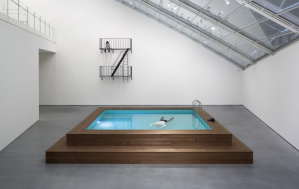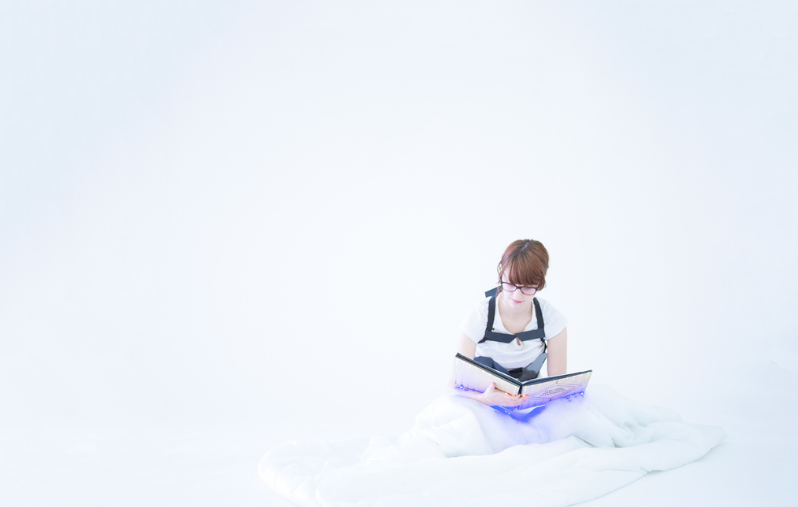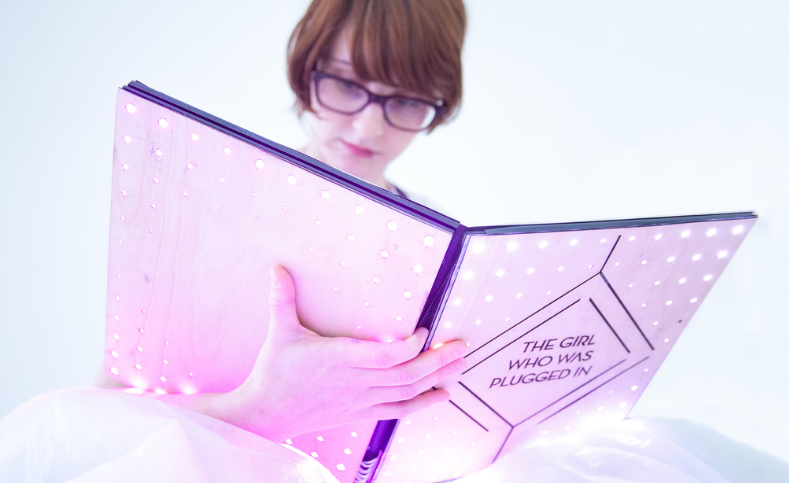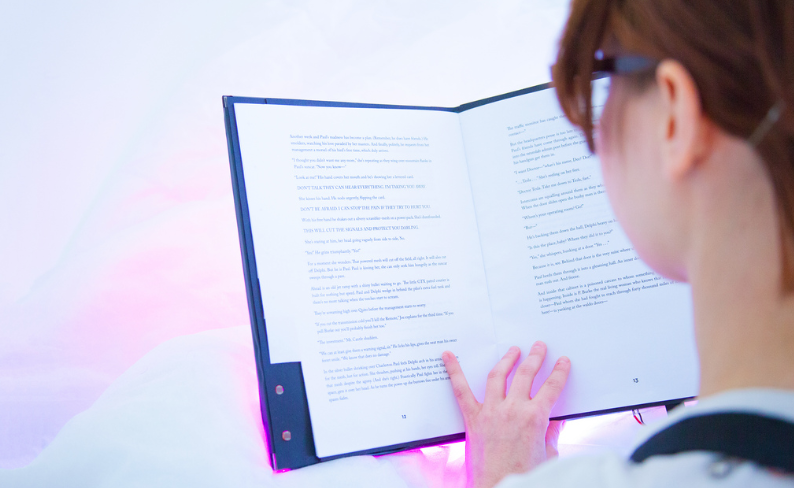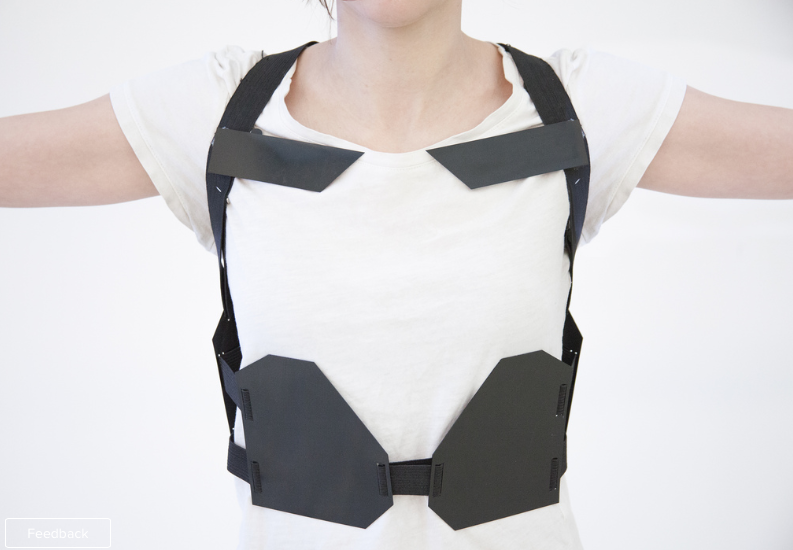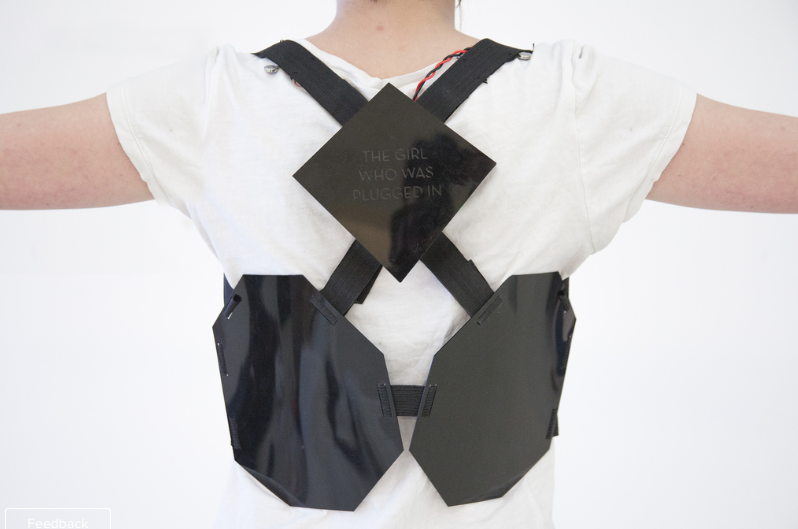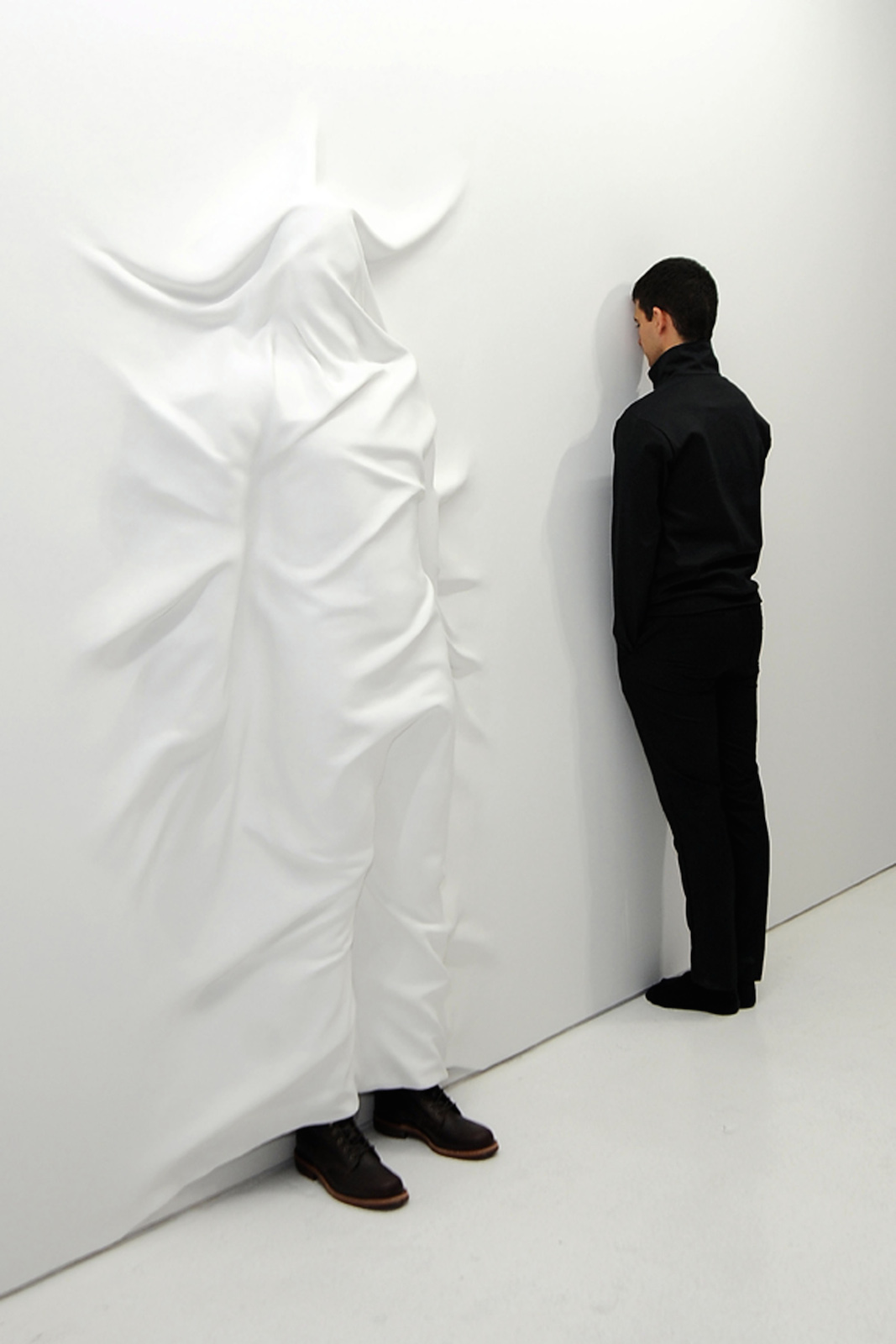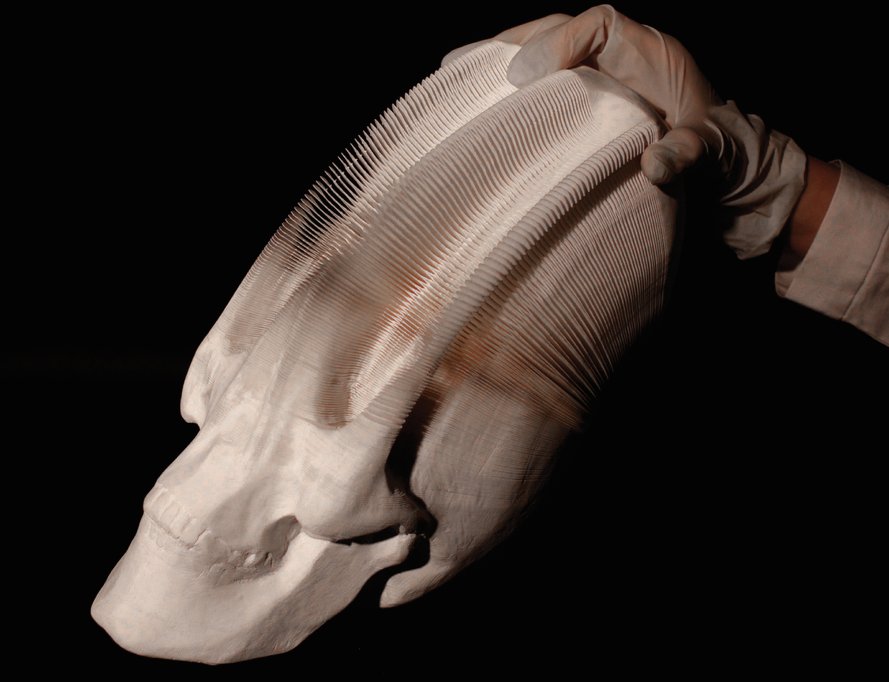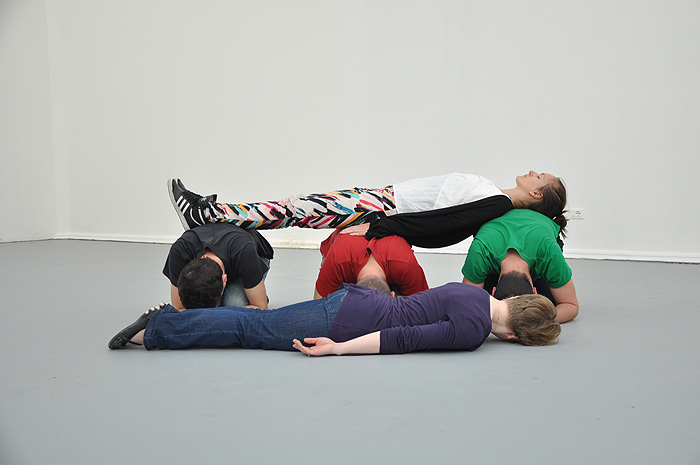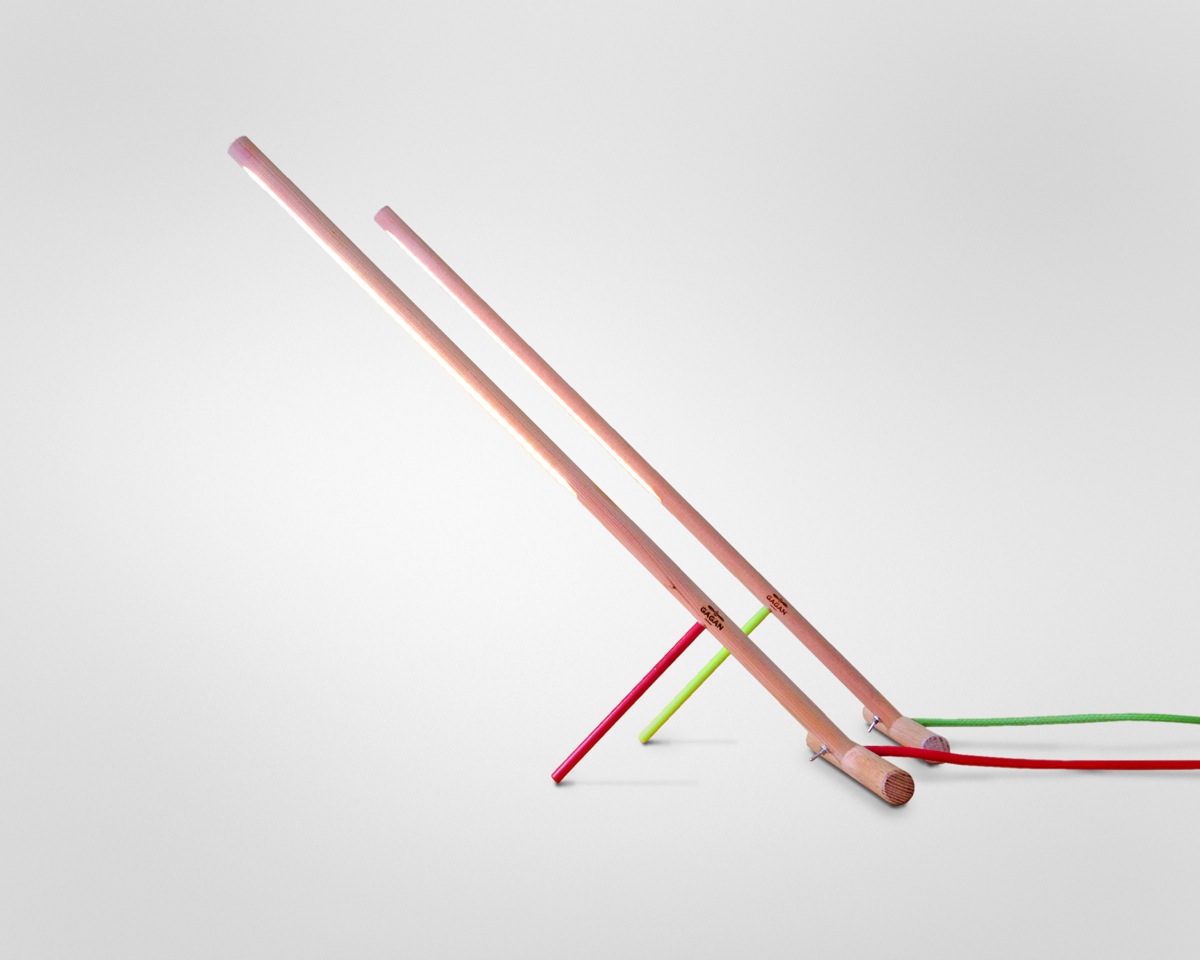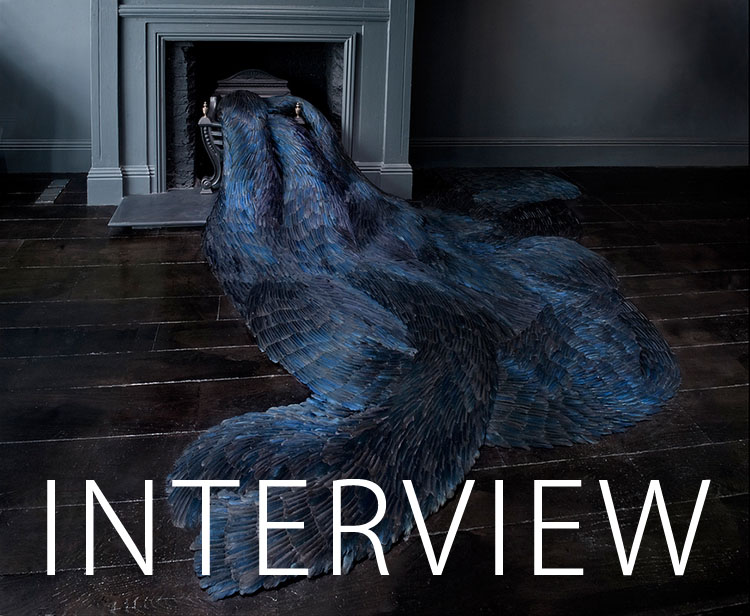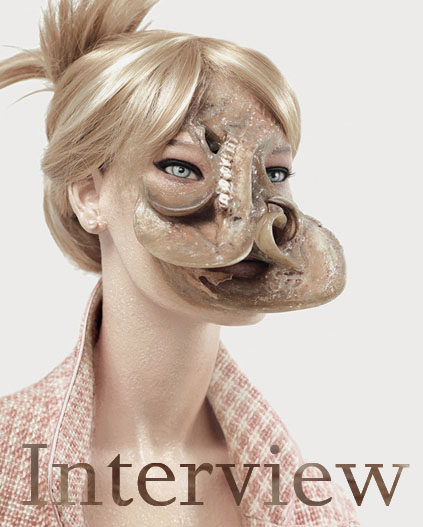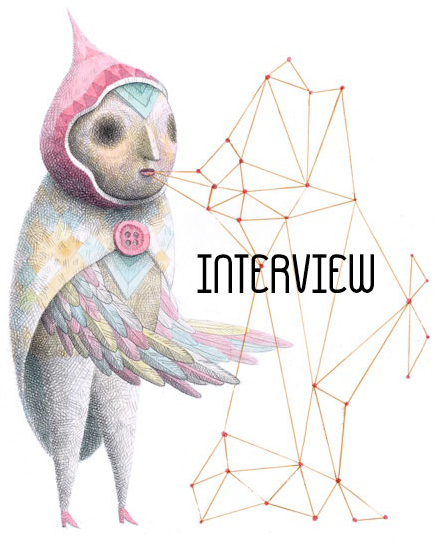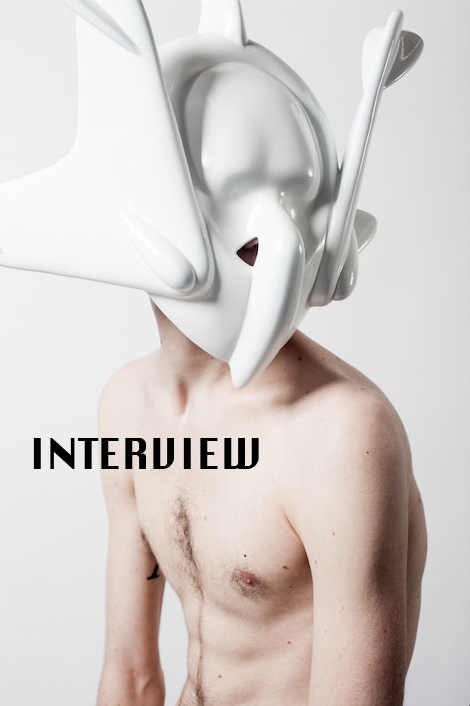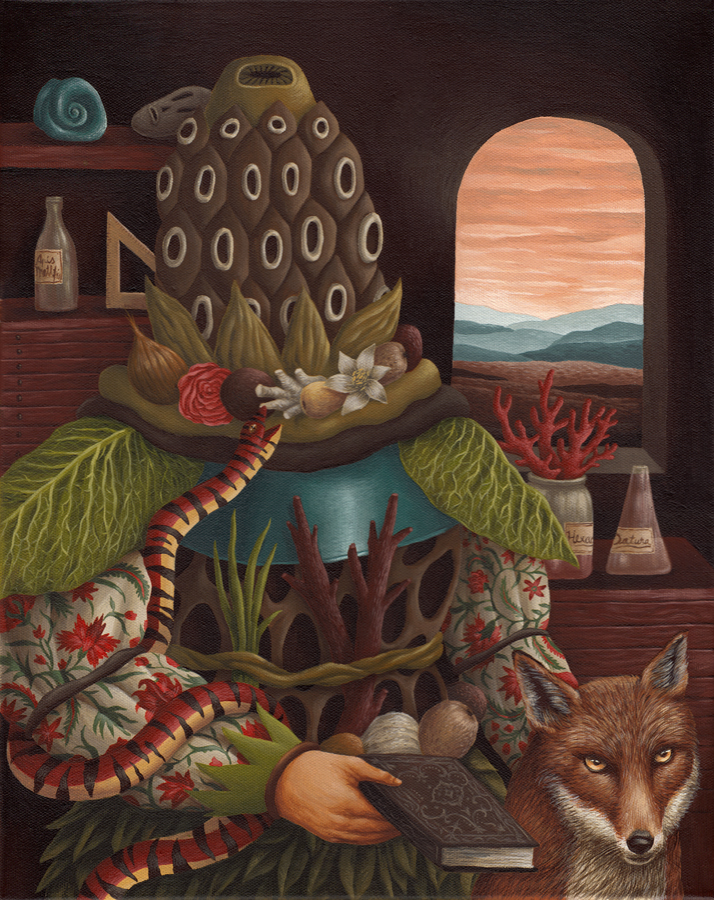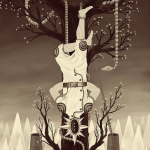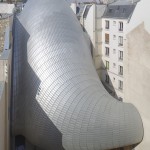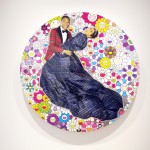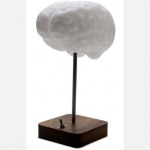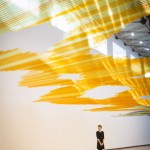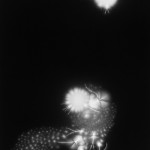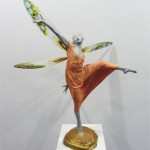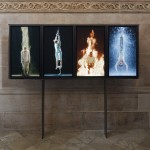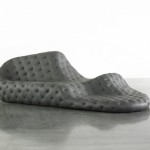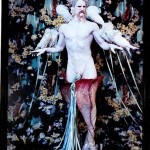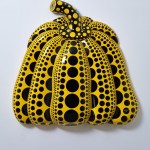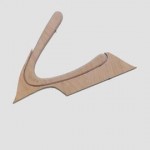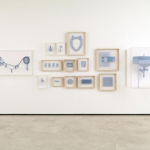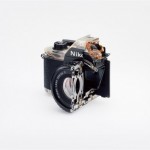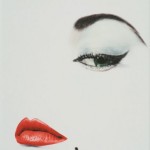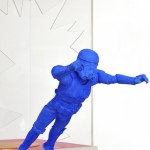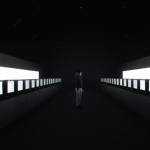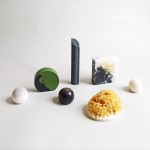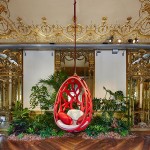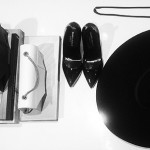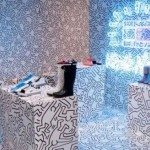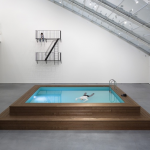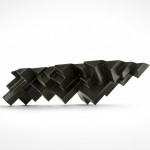INHALE is a cultural platform where artists are presented, where great projects are given credit and readers find inspiration. Think about Inhale as if it were a map: we can help you discover which are the must-see events all over the world, what is happening now in the artistic and cultural world as well as guide you through the latest designers’ products. Inhale interconnects domains that you are interested in, so that you will know all the events, places, galleries, studios that are a must-see. We have a 360 degree overview on art and culture and a passion to share.

It’s straight out of the pages of science fiction: a “wearable” book, which uses temperature controls and lighting to mimic the experiences of a story’s protagonist, has been dreamed up by academics at MIT.
The book, explain the researchers, senses the page a reader is on, and changes ambient lighting and vibrations to “match the mood”. A series of straps form a vest which contains a “heartbeat and shiver simulator”, a body compression system, temperature controls and sound.
“Changes in the protagonist’s emotional or physical state trigger discrete feedback in the wearable [vest], whether by changing the heartbeat rate, creating constriction through air pressure bags, or causing localised temperature fluctuations,” say the academics.
Dubbed “sensory fiction”, the idea was developed by Felix Heibeck, Alexis Hope and Julie Legault at MIT’s media lab. The prototype story used was James Tiptree Jr’s Hugo award-winning novella The Girl Who Was Plugged in, in which the protagonist P Burke – who is deformed by pituitary dystrophy and herself experiences life through an avatar – feels “both deep love and ultimate despair, the freedom of Barcelona sunshine and the captivity of a dark damp cellar”, said the researchers.
“Sensory fiction is about new ways of experiencing and creating stories,” they write. “Traditionally, fiction creates and induces emotions and empathy through words and images. By using a combination of networked sensors and actuators, the sensory fiction author is provided with new means of conveying plot, mood, and emotion while still allowing space for the reader’s imagination. These tools can be wielded to create an immersive storytelling experience tailored to the reader.
“To explore this idea, we created a connected book and wearable [vest]. The ‘augmented’ book portrays the scenery and sets the mood, and the wearable allows the reader to experience the protagonist’s physiological emotions.”
SENSORY FICTION from Felix on Vimeo.
via theguardian.com


